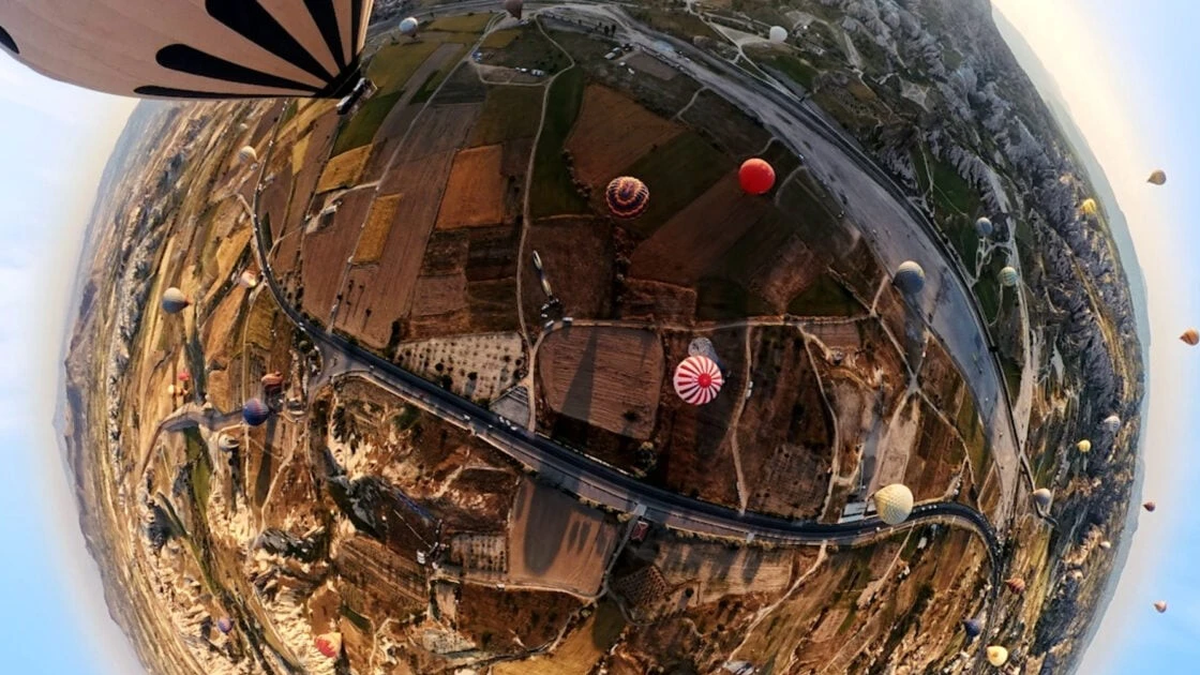A London dentist has announced a discovery that could solve the five-century-old geometric mystery in Leonardo da Vinci's famous drawing "Vitruvian Man."
Research results reveal that this iconic image reflects the same design principles found in nature and human anatomy.
Painted around 1490, “The Vitruvian Man” depicts a nude man with his arms and legs spread out in two superimposed positions, set within a square and a circle.
This is an ideal illustration of human body proportions, inspired by the Roman architect Marcus Vitruvius, who believed that the body had harmonious proportions like perfect temples.
However, Vitruvius did not give a specific mathematical formula for this geometric relationship, and for more than 500 years, how Leonardo achieved the perfect “match” between the square and the circle has remained a mystery.
Many hypotheses, including the Golden Ratio (1.618...), have been proposed but do not match actual measurements.
New research by dentist Rory Mac Sweeney, published in the Journal of Mathematics and the Arts , provides a convincing explanation. Mac Sweeney discovered that Leonardo used a little-noticed detail – an equilateral triangle that he noted in his sketch.
When analyzed, this triangle shows similarities to the “Bonwill triangle” – an oral anatomy concept that describes an imaginary equilateral triangle connecting the two jaw joints and the midpoints of the two lower incisors, which plays a role in optimizing chewing force.
Repeating the equilateral triangle around the navel six times created a hexagonal pattern, allowing Leonardo to achieve a square-to-circle-radius ratio of about 1.64–1.65.
This number is close to the “optimal ratio” of 1.633, which occurs widely in nature and is considered the most efficient principle of spatial organization – for example, the hexagonal close-packed pattern of a sphere.
Mac Sweeney argues that Leonardo had a clear understanding of the ideal design principles of the human body, far beyond the knowledge of the Renaissance. He states: “Leonardo’s geometry successfully codifies the fundamental spatial relationships of the human body, presenting a striking vision of the mathematical unity of form and natural order.”
In addition to satisfying academic curiosity, this discovery also opens up new practical applications, such as denture design, craniofacial surgery or further research into Renaissance works to find scientific knowledge hidden for hundreds of years./.
Source: https://www.vietnamplus.vn/cong-bo-bi-mat-an-giau-trong-kiet-tac-nguoi-vitruvius-cua-leonardo-da-vinci-post1047725.vnp

































































































Comment (0)